Kayla Allen was born and raised in Shreveport, Louisiana, which she left behind in her teens to cultivate a life of travel and bohemianism. During those years she held many jobs including Jagermeister girl, blackjack dealer, paid game-show contestant, dental imaging software consultant and legal secretary. She also played bass in a Los Angeles band called Thunderfuck, while studying flamenco, learning to fly trapeze, and honing her skills on the fiddle, but not all at the same time. Along the way she was awarded a PEN USA Emerging Voices Fellowship.
As an artist-in-residence at Chateau La Napoule, in France, she participated with her fellow residents one drunken evening in a spontaneous dance party. A handsome D’Artagnan lookalike, visiting another resident, saw Ms. Allen writhing on the floor in a pathetic attempt to breakdance. A long-distance courtship followed, and she now lives in Nice with her husband and three children.
I have nurtured a huge inclination to read ever since I stole my sister’s Barbara Cartland novels at age ten, giving rise to prepubescent fantasies of a dramatic rescue from a life-threatening situation, followed by romantic sex. Although since Cartland never wrote sex scenes, my idea of romantic sex was vague. I could only glean ideas by watching the family poodle hump the couch.
Through my teen years I immersed myself in Russian and British classics, and adopted a stoic and melancholy demeanor, proving to the world I was full of angst, just like the characters I read about. In my mind, I was a prisoner in a Siberian labor camp, eating gruel and building ice roads, even though to everyone else I was just the blonde girl on the dance team.
In my quest to be taken seriously, and to eliminate any residual traces of my Cartlandian era, I continued reading literary fiction for years. Chic-lit was deemed unworthy. I poo poo-ed anything less than a Man Booker finalist or Pulitzer prize winning novel.
But then I had children, and the time or ability to concentrate on reading disappeared. Just like that. I went from voracious reader to brainless mommy faster than you can say “episiotomy.”
I turned to memoirs. I could pick up someone else’s life, escape through their perspective, then leave it behind at the drop of a stinky diaper. When my identity was being slowly erased by my childrens’ needs, I could latch on to someone else’s for brief increments and feel alive through their experiences. At times, reading a stranger’s truth was preferable to my reality. (Two a.m. change of vomit-splattered sheets, anyone?)
So here’s a look at what sustained me, made me laugh, cry, and reminded me I had an identity outside of stained breast pads.
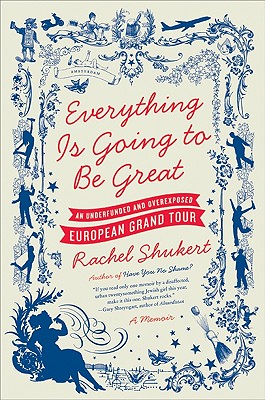
Everything is Going to be Great: An Underfunded and Overexposed European Grand Tour
by Rachel Shukert
High raunch meets travelogue as Shukert recounts winding her way through Europe fresh out of drama school. Packed with sex, booze, humor and hangovers, she also manages to include tips for emergency room visits in foreign countries. Amidst all the deliciously sordid stories, she proves to be a great writer, mostly for her brilliant imagery and for keeping us hooked with a powerful, emotional undercurrent.
When a potential love interest tells Shukert, “You are a beautiful child,” she writes: If ten thousand chimpanzees injected with the cloned genetic material of Casanova and Sigmund Freud were gathered in a vast laboratory and chained to typewriters, with the voice of God reading my psychiatric records over the cosmic loudspeaker, in seventy years or more they could never come up with a line that would get my clothes off faster.
Such deft expression with an irreverence that speaks straight to my heart.

Heads in Beds: A Reckless Memoir of Hotels, Hustles and So-called Hospitality
by Jacob Tomsky
Tomsky worked his way up from valet parker to front desk manager in luxury hotels, first in New Orleans, then New York. His writing is casual, like a conversation you’d have with your bright, funny friend, and full of profanity, which this grumpy mommy found hugely appealing. Co-workers are exalted and non-tipping customers are trounced upon with great indignation. But he never comes off as mean-spirited. Rather, he’s a keen observer of character, having dealt with his share of crazy hotel guests and odd, random crises.
The book is full of helpful hints. My personal favorites are to always lie about the minibar. Empty it and pretend like you had nothing. No one will ever contradict you. And to tip up front, before your front desk agent checks you in, which always ensures an upgrade.
Tomsky’s memoir made me nostalgic for my years in the service industry, mostly waitressing at trendy bars and restaurants in Los Angeles, and the life-saving camaraderie with co-workers that actually made dealing with assholes fun.
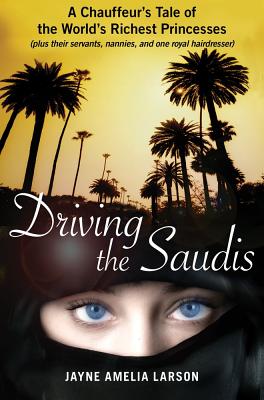
DRIVING THE SAUDIS: A Chauffeur’s Tale of the World’s Richest Princesses (plus their servants, nannies, and one royal hairdresser)
by Jayne Amelia Larson
The premise of this book was right up my alley; an out-of-work actress becomes a chauffeur and drives the female branch of a Saudi royal family during their 6-8 week stay in Beverly Hills. The desperate-for-money, taking insane jobs-to-get-by and hating-every-minute was familiar. Larson is demeaned by her job requirements and the loss of her autonomy during the weeks she drives for the family.
But the unfamiliar part was most intriguing, for the view into Arab, Saudi culture. Larson created empathy for the gaggle of princesses, when they could’ve been completely non-empathetic. She became enough of a compassionate witness to see beyond the decadent shopping sprees and plastic surgery. She captures the essence of these women, from royalty to the servants, and renders them with compassion, trapped by circumstances beyond their control.
Even though Larson’s writing style is lackluster, the narrative is compelling enough to stick with, culminating in a final moment when we discover how much of a tip she’s rewarded at the end of the job. (Part of the impetus for Larson taking the job was the rumored tip, well into the thousands, for which the Saudis were known).
Garrison Keillor makes a guest appearance in the beautiful epilogue, a highlight of the book in which Larson shines.
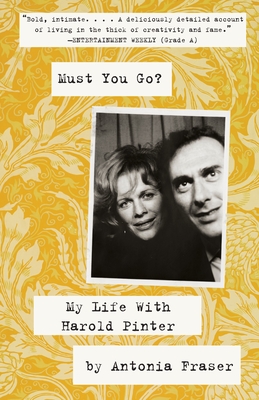
MUST YOU GO?: My Life With Harold Pinter
by Antonia Fraser
An epic love story beginning in 1975 when Antonia Fraser, biographer of Mary Queen of Scots, and Harold Pinter, Britain’s most famous playwright, met at a dinner party. Their affair was scandalous, they were married to others and had 7 children between them. The book manages to be both gossipy and highbrow, and distinctly captures the hip, literary circles of London from the ‘70s forward. Within that world, they were two creative forces that inspired each other. Lady Antonia put a very human, happy face on Pinter’s broody playwright image.
Lady Antonia is beautiful and admirable, even though at first glance I thought she’d wrecked her kids in her desire for true, passionate love. But she carefully disentangled herself from her first marriage and the kids seemed to thrive in their new arrangement.
Beyond all the fabulousness of their lives, it’s clear that Fraser and Pinter remained genuinely devoted to each other until his death, in 2008. Fortunately, their creative genius endures.


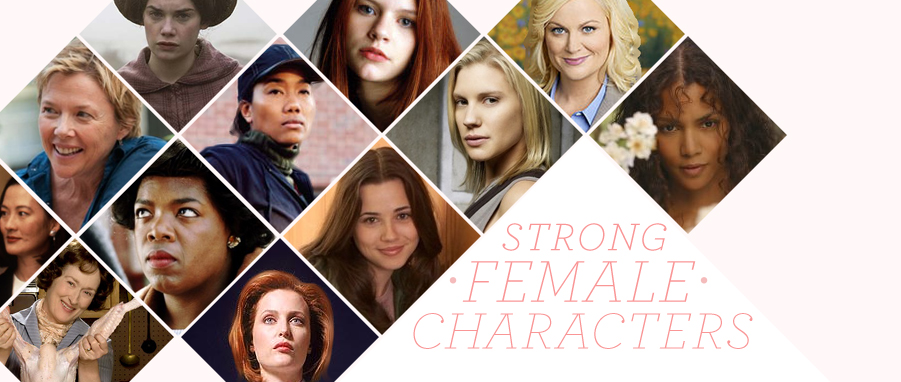
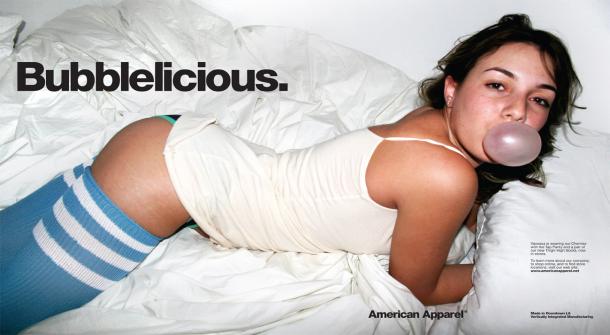

 Bridget’s host family has one of those beautiful provençal country houses that you see on the covers of Peter Mayle books. From Agnès’ apartment, it's a 45-minute uphill walk to get to it, which is one of the reasons I love to visit. On the way I pass Cézanne’s old painting studio, and once I crest the final hill, I am rewarded with a view of the Mont Sainte-Victoire over the olive groves. It’s not something I see every day.
Bridget’s host family has one of those beautiful provençal country houses that you see on the covers of Peter Mayle books. From Agnès’ apartment, it's a 45-minute uphill walk to get to it, which is one of the reasons I love to visit. On the way I pass Cézanne’s old painting studio, and once I crest the final hill, I am rewarded with a view of the Mont Sainte-Victoire over the olive groves. It’s not something I see every day.
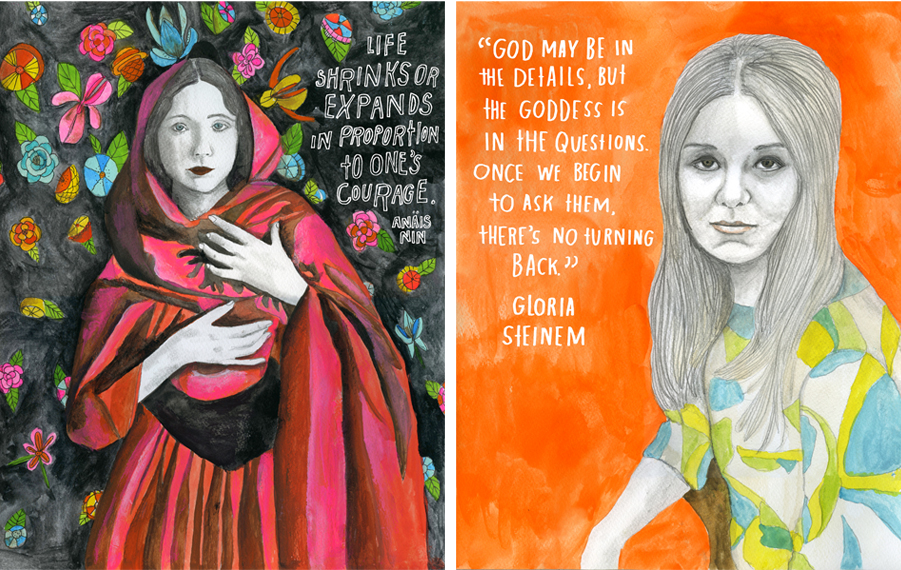
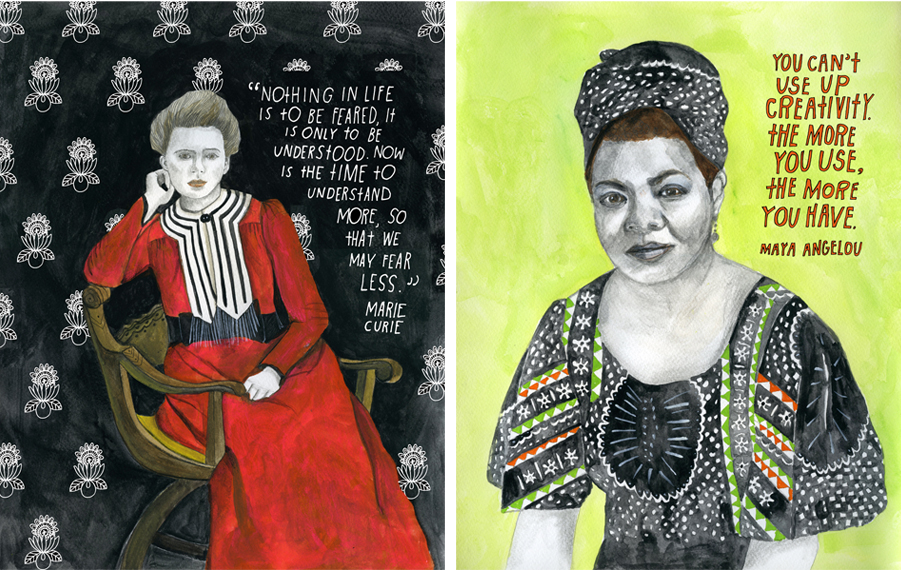
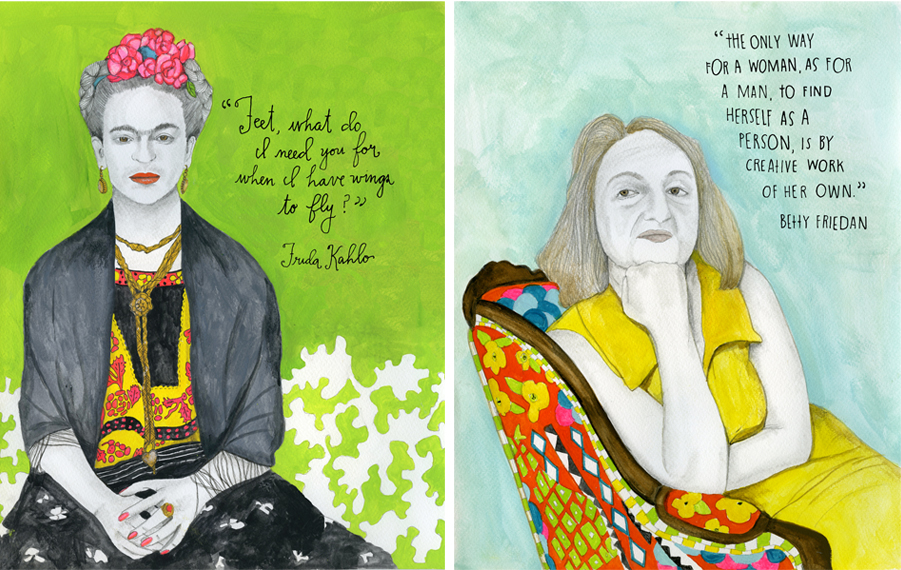

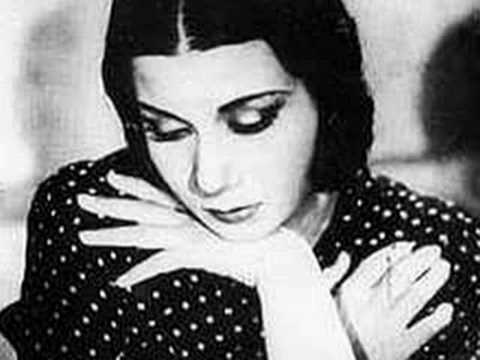
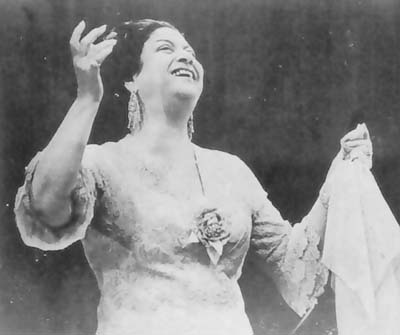


 Pauline, Roger, Clémence, Praline---le chien---and I pile into the car and off we go on a road trip to see the Mont Saint-Michel, one of the most-recognized and most-visited tourist spots in all of France.
Pauline, Roger, Clémence, Praline---le chien---and I pile into the car and off we go on a road trip to see the Mont Saint-Michel, one of the most-recognized and most-visited tourist spots in all of France.





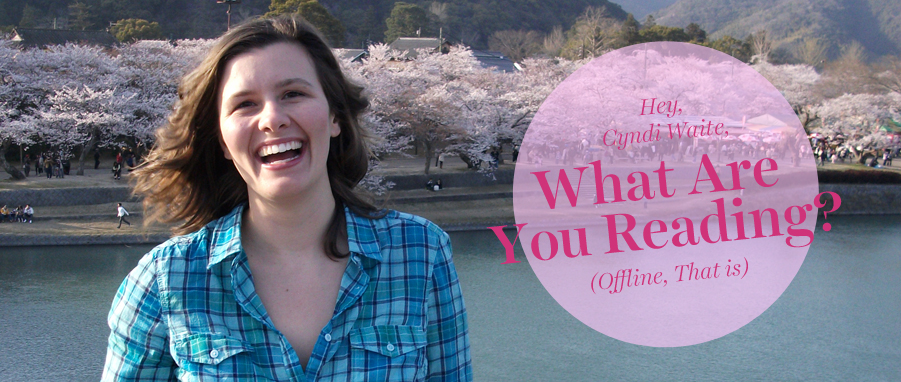


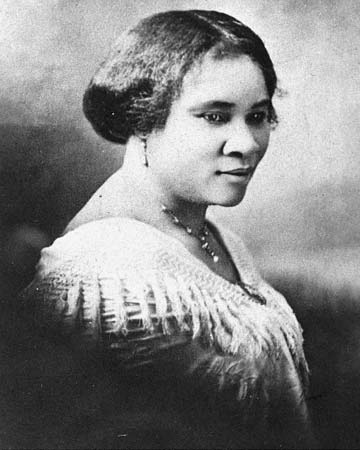
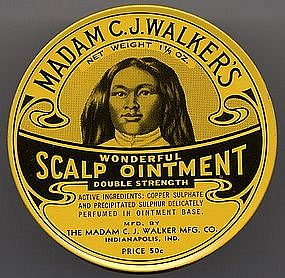
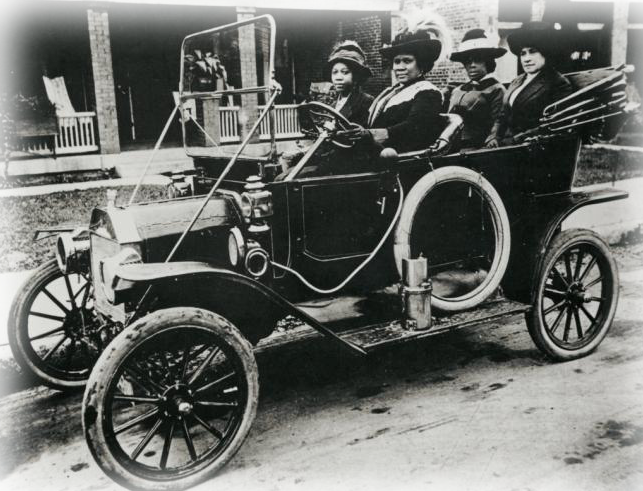

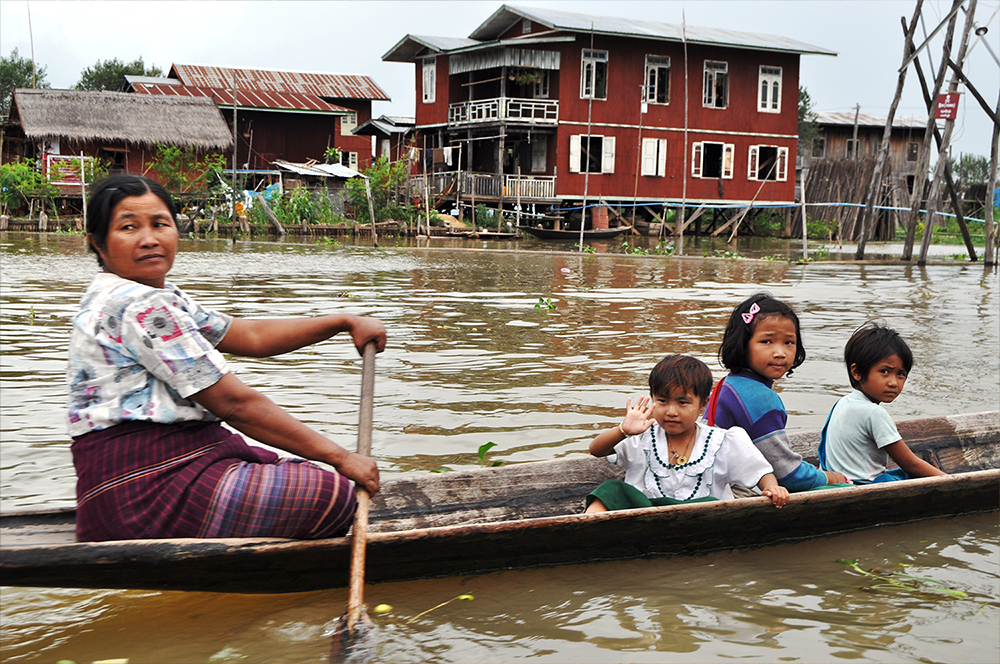 Before leaving to Myanmar, I had read so much online about it. Mostly, I was concerned about traveling safely in a country where traditions are so different and the political situation quite unstable. We all have heard a lot about Myanmar lately, and not all of it is good news. It seems that Myanmar is heading toward a more democratic government, but still in the outer provinces, those areas that are out of reach for tourists and seem so forgotten, ethnic fighting is happening. While gathering handful information, I learned that Myanmar is quite a bit more conservative than other countries in Southeast Asia, which means I packed t-shirts with leaves and long pants for those days. Knowing that the medical system and the pharmacies are still underdeveloped, I stocked up all the medicines I thought I may need. I learned that banks don’t exist, not to mention ATMs, and that dollars should not be folded or crumpled, or they will not get accepted anywhere. Last but not least, a friend of mine told me that during a trip over there a few years ago he tried to discuss about politics with his Myanmar guide, but there was no way the guy would even start to express his opinion about anything, and he mainly remained silent and looked embarrassed. Therefore, I decided it was wiser not to get involved in a political discussion in public.
These tips being absorbed, I considered myself quite prepared to live a nice trip in a mostly mysterious country.
Before leaving to Myanmar, I had read so much online about it. Mostly, I was concerned about traveling safely in a country where traditions are so different and the political situation quite unstable. We all have heard a lot about Myanmar lately, and not all of it is good news. It seems that Myanmar is heading toward a more democratic government, but still in the outer provinces, those areas that are out of reach for tourists and seem so forgotten, ethnic fighting is happening. While gathering handful information, I learned that Myanmar is quite a bit more conservative than other countries in Southeast Asia, which means I packed t-shirts with leaves and long pants for those days. Knowing that the medical system and the pharmacies are still underdeveloped, I stocked up all the medicines I thought I may need. I learned that banks don’t exist, not to mention ATMs, and that dollars should not be folded or crumpled, or they will not get accepted anywhere. Last but not least, a friend of mine told me that during a trip over there a few years ago he tried to discuss about politics with his Myanmar guide, but there was no way the guy would even start to express his opinion about anything, and he mainly remained silent and looked embarrassed. Therefore, I decided it was wiser not to get involved in a political discussion in public.
These tips being absorbed, I considered myself quite prepared to live a nice trip in a mostly mysterious country.



 I’m not sure what the answer to my questions might be, but I’m sure of one thing–Myanmar is a country that can change you deeply. I changed over there. Like a snake, I left my skin behind, and soon was ready to get warmer under new sun rays, free from the past, eager for a new future and willing to learn how to make a day out of a single smile.
I’m not sure what the answer to my questions might be, but I’m sure of one thing–Myanmar is a country that can change you deeply. I changed over there. Like a snake, I left my skin behind, and soon was ready to get warmer under new sun rays, free from the past, eager for a new future and willing to learn how to make a day out of a single smile.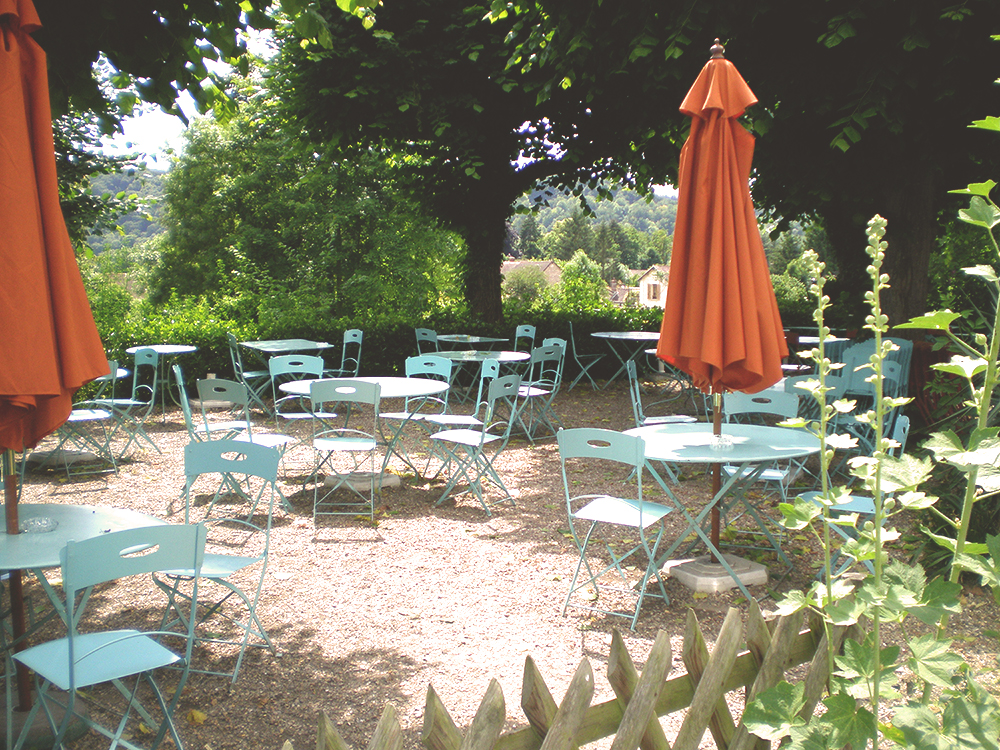 A mere two months after I return from Chambéry, back to France I go. Still somewhat emotionally scarred from my self-imposed exile, I’m initially nervous to go back when I feel like I just escaped. But, as I already knew, each region of France proves to be drastically different from the others. Savoie was cold and gloomy in the late winter; July in Provence is as close to ideal as I’ve found.
A mere two months after I return from Chambéry, back to France I go. Still somewhat emotionally scarred from my self-imposed exile, I’m initially nervous to go back when I feel like I just escaped. But, as I already knew, each region of France proves to be drastically different from the others. Savoie was cold and gloomy in the late winter; July in Provence is as close to ideal as I’ve found.
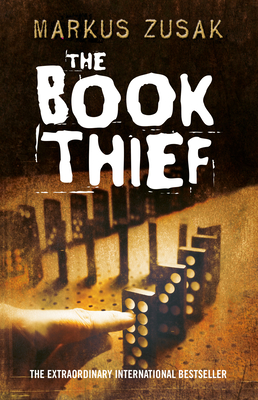




 I didn’t like the way that the black ink looked because the contrast between its light and dark parts seemed too harsh. I got some grey ink and also a new brush at the art supply store. Funny visit to the art supply store. Everyone in the paper department was really grumpy, and downstairs, the woman checking me out told me how moths ate her paintbrushes so she has to keep them in the fridge (she was really sweet and sassy and seemed so old school NYC like an Annie Potts character in an 80s movie) and then I am pretty sure one of the employees pooped on the floor. Pretty sure.
I didn’t like the way that the black ink looked because the contrast between its light and dark parts seemed too harsh. I got some grey ink and also a new brush at the art supply store. Funny visit to the art supply store. Everyone in the paper department was really grumpy, and downstairs, the woman checking me out told me how moths ate her paintbrushes so she has to keep them in the fridge (she was really sweet and sassy and seemed so old school NYC like an Annie Potts character in an 80s movie) and then I am pretty sure one of the employees pooped on the floor. Pretty sure. Clean desk and new art supplies! The brush is wrapped in brown paper. She was so careful with it.
Clean desk and new art supplies! The brush is wrapped in brown paper. She was so careful with it. Also got some new paper for an animation I am going to make, a video for a friend’s band. I never let myself buy fancy paper because it feels like cheating but I decided this time it’s ok, this video can have a little more of a collage feel to it. The two white papers are going to be snow.
Also got some new paper for an animation I am going to make, a video for a friend’s band. I never let myself buy fancy paper because it feels like cheating but I decided this time it’s ok, this video can have a little more of a collage feel to it. The two white papers are going to be snow.
 The writing isn’t perfect but I think it will work, and I like the grey ink. When I showed Brian this and said, “What do you think?” he said, “It looks like Apu from the Simpsons.”
The writing isn’t perfect but I think it will work, and I like the grey ink. When I showed Brian this and said, “What do you think?” he said, “It looks like Apu from the Simpsons.” Tracing eggs.
Tracing eggs. Egg outline. (I don’t know where that weird owl came from.)
Egg outline. (I don’t know where that weird owl came from.) Eggs in progress.
Eggs in progress. A pretty nice egg.
A pretty nice egg. I really like this egg.
I really like this egg. The first egg I made. I rejected it for being insufficiently egg-like.
The first egg I made. I rejected it for being insufficiently egg-like. I tried to make a replacement but I didn’t like that one either.
I tried to make a replacement but I didn’t like that one either. So I decided the original egg would do. (Practicing egg-ceptance.)
So I decided the original egg would do. (Practicing egg-ceptance.)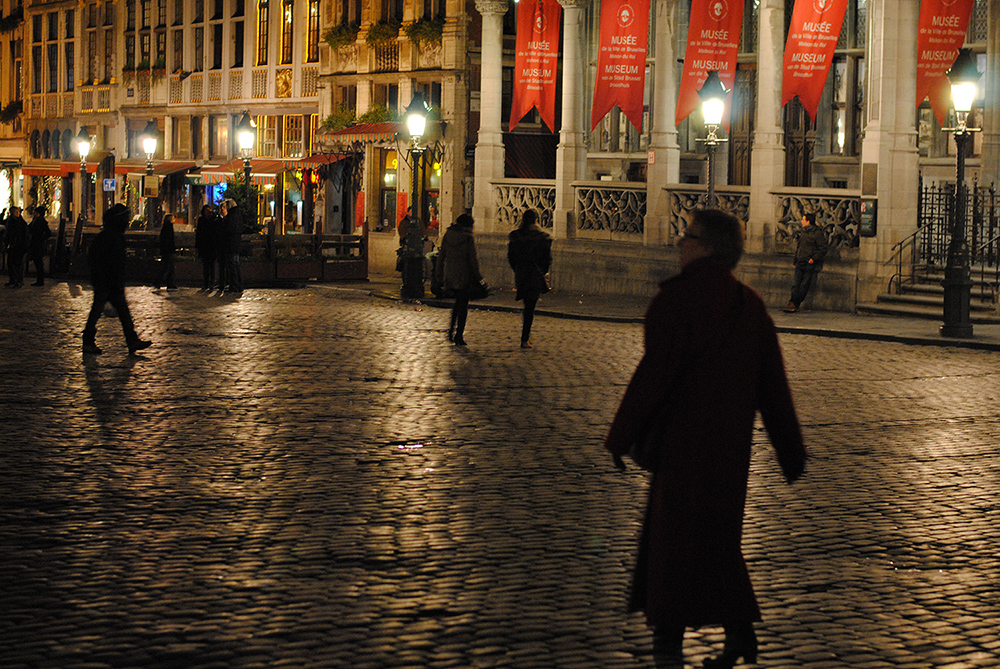 My regular spot in Bernay is Brin d’Zinc, a bar that Clémence and her friends seem to have been going to since they were in collège, the French version of middle school. Smoking indoors is still legal, and the yellow interior is full of French teenagers lighting up over their beers. I am immediately a part of the crowd; with Clémence as my host sister, I came to Normandie with a ready-made group of friends waiting for me.
My regular spot in Bernay is Brin d’Zinc, a bar that Clémence and her friends seem to have been going to since they were in collège, the French version of middle school. Smoking indoors is still legal, and the yellow interior is full of French teenagers lighting up over their beers. I am immediately a part of the crowd; with Clémence as my host sister, I came to Normandie with a ready-made group of friends waiting for me.